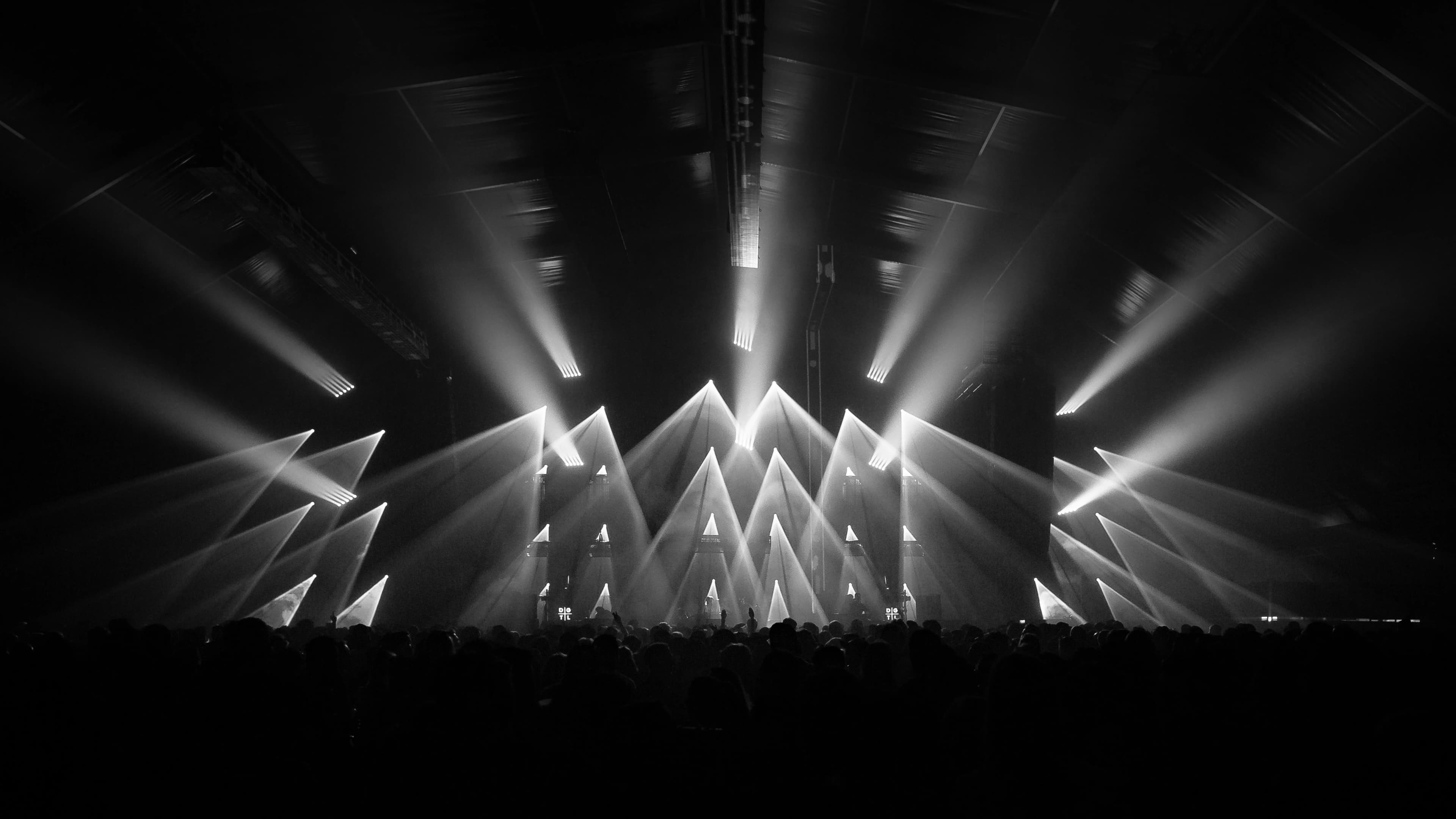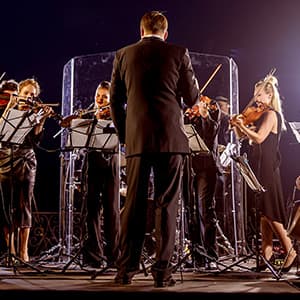

Saint Saens Third Violin Concerto Tickets
Up to 30% Off Compared to Competitors.
Location: Select Location (e.g, New York)
Events Nearby
We're Sorry. There are currently no events near you.
About Saint-Saens' Third Violin Concerto
In recent years, Saint-Saëns' Third Violin Concerto has been featured prominently in concert programs around the globe, reflecting its enduring popularity among both performers and audiences. Renowned violinists such as Itzhak Perlman, Hilary Hahn, and Joshua Bell have included this concerto in their concert tours, showcasing their interpretations and virtuosic skills. In 2023, several orchestras have dedicated entire concert series to Saint-Saëns' works, with the Third Violin Concerto often serving as a highlight. Many music festivals also include this concerto in their lineups, emphasizing its appeal in both summer festivals and winter concerts. Additionally, various competitions for young violinists have adopted the concerto as a required piece, further solidifying its status in contemporary classical music. Concerts featuring this work are often marked by a sense of excitement and anticipation, as audiences look forward to witnessing the technical prowess and emotional depth that the concerto demands from its performers. With its perfect blend of lyrical beauty and technical challenge, Saint-Saëns' Third Violin Concerto continues to enchant listeners and performers alike, ensuring its place in the world of live classical music events.
Saint-Saens' Third Violin Concerto History
Camille Saint-Saëns, a prominent French composer, pianist, and organist of the Romantic era, composed his Third Violin Concerto in B minor, Op. 61, in 1880. This piece showcases his mastery of orchestration and his deep understanding of the violin as an instrument. Saint-Saëns wrote the concerto for the renowned violinist Pablo de Sarasate, who was known for his virtuosic technique and expressive playing. The concerto is structured in three movements: Allegro non troppo, Andante, and Allegro molto, each demonstrating a unique blend of lyrical melodies and technical brilliance. The first movement opens with a vibrant orchestral introduction, leading to the violin's entrance, where it soars with a captivating theme. The Andante is a beautifully lyrical movement that allows the violin to explore more introspective and emotional depths. Finally, the Allegro molto concludes the concerto with a lively and energetic finale, featuring intricate passages that challenge the performer while delighting the audience. Since its premiere, the concerto has become a staple in the violin repertoire, celebrated for its elegance and technical demands, and is frequently performed in concert halls worldwide.
